Sabi previews bathroom accessories range by Barber and Osgerby's MAP
New York 2014: California design brand Sabi has collaborated with London-based MAP Project Office to create a collection of wall storage products for the bathroom.
MAP's Sabi Space collection centres on a universal wall fixing, to which most of the elements attach.
Each product comes with everything needed for easy installation, including 1:1 template stickers for positioning, and an option for simple attachment using high-strength, self-adhesive moisture-resistant tape.
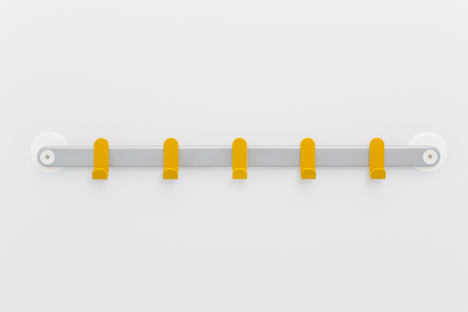
The combination of a simple and non-invasive installation, and contemporary colours and clean lines, has resulted in range that is intended to appeal to young and old users.
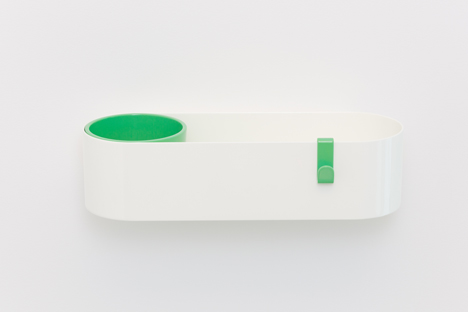
Products include Hoop: a flexible, silicone-dipped ring that enables access to towels from any angle.
The Magnetic Mirror magnifying hand mirror can be set at any angle, or detached and held in the hand.
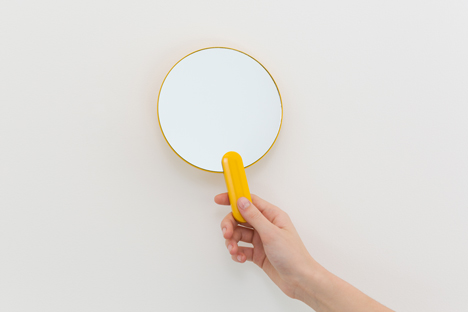
Hang Rail is a bead-blasted aluminium rail with adjustable hooks for hanging objects, available in 45-centimetre and 60-centimetre options.
A towel rail, floating shelves, pegs, a wall mirror, a peg and hanger set, a grip rail and a floating toilet paper dispenser complete the set.
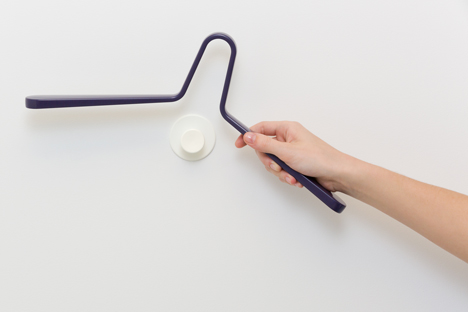
"We wanted to create a line of beautiful, easily customisable products that would give people a sense of empowerment when it came to designing or renovating their space," said Jon Marshall of MAP.
Named after a Japanese cultural aesthetic that celebrates imperfection, Sabi creates products that aim to "motivate people to embrace their vulnerabilities and feel happy about doing daily tasks that may have grown challenging or mundane."
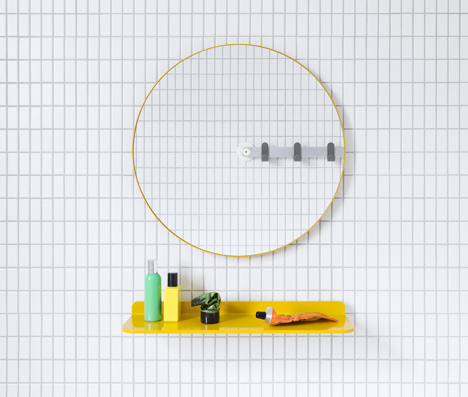
Sabi Space was designed by MAP Project Office, a London-based creative consultancy founded by Edward Barber and Jay Osgerby. Products will be launched for the public in September.
MAP's ethnographic research, initially intended to identify product opportunities for older users, resulted in the unexpected creation of range with much wider appeal, particularly for "generation rent".